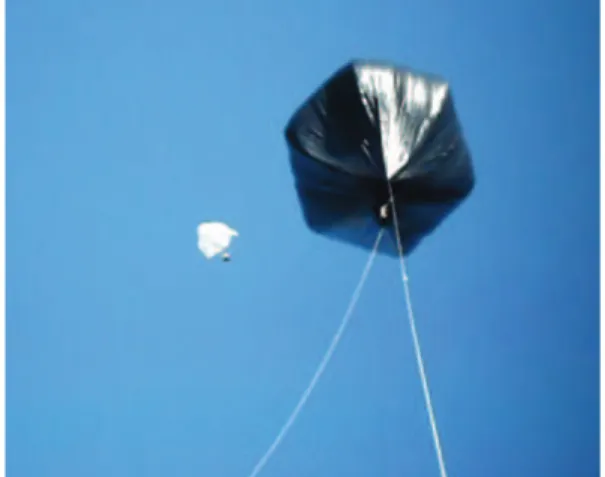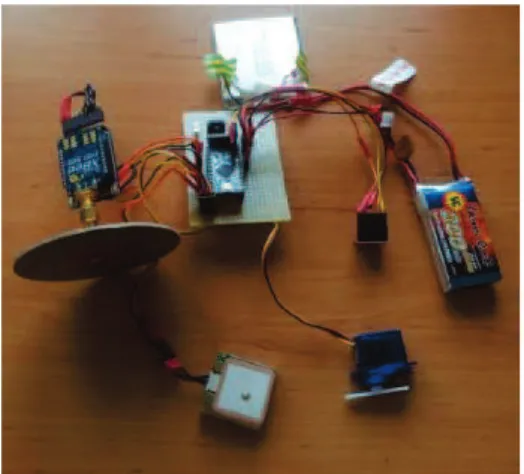CANSAT: Multiphysical experimental design of a probe come-back mission
Texte intégral
Figure




Documents relatifs
The time-dependent Fokker-Plank code which is used to model the development of the electron velocity distribution during FCR H of the Constance 2 mirror-confined
Title Page Abstract Introduction Conclusions References Tables Figures J I J I Back Close Full Screen / Esc.. Printer-friendly Version
In this paper, we present a quick mathematical in- sight of the influence of ground speed errors on trajectory prediction, results of arithmetic simulations on real traffic both
(1) The relative centerline displacement of the free surface dependsprimarily upon the momentum flux for values of zo/do great enough that the nozzle acts as a point source
The Master is a second PC which realizes the remote control, the design of which is based on a remote observer achieving a state prediction of the robot (Slave), despite the
The SUBGLACIOR probing system will include: (1) the drilling tool itself, including a built-in OF-CEAS laser system, and the associated electronics to control the device and
The amino acid sequence of HELP was chosen by examining the three-dimensional structure of BVM and replacing most of the residues of the hydrophobic helical face by Leu (which is
In this case, the laser pump excites the titanium film and, through a thermoelastic process, leads to the generation of picosecond acoustic pulses that propagate within the copper




